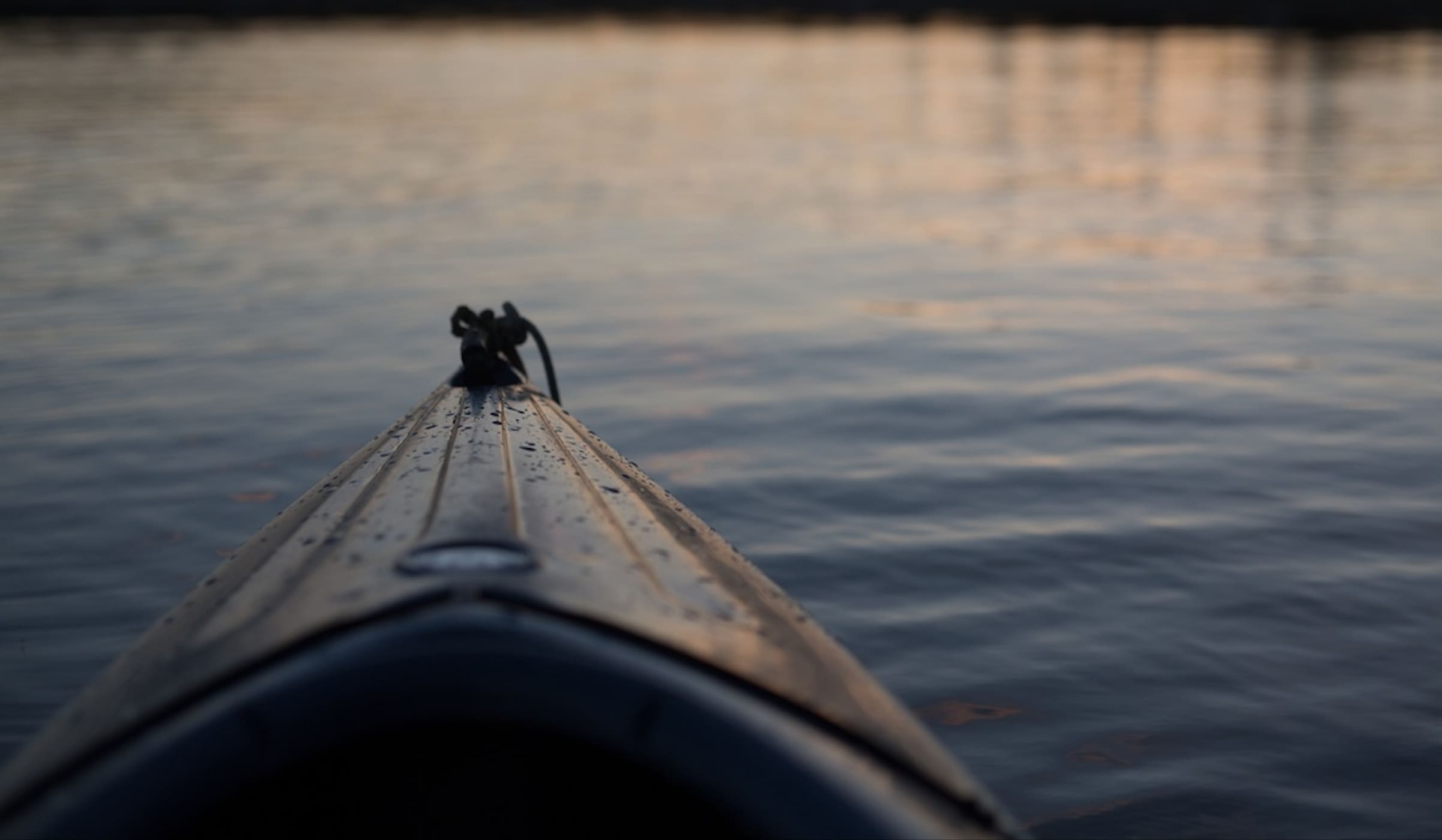Beginner’s kayak fishing gear checklist
OutdoorHub Reporters 07.05.18

You have a kayak, fishing gear, and have been itching to try something new all summer long. Why not combine them and give kayak fishing a try? It’s a great way to spend a sunny weekend while flying solo or with friends.
For any beginner kayak fishers out there, here is a list of the essential gear you’ll need for a safe and successful fishing trip.
Clothing

It goes without saying that you’re going to get wet. Therefore, avoid wearing anything made out of cotton, as it takes ages to dry and you’ll end up cold and miserable (and possibly hypothermic!). Choose polyester or nylon instead, which are more lightweight and will dry faster. There are some sweet performance fishing shirts, like some from Columbia Sportswear, that protect you from the sun while ventilating well so you stay cool. These types of shirts also dry ridiculously fast if they get wet.
Footwear

Your choice of footwear will depend on the weather conditions. For dry and sunny days when you won’t be spending a lot of time out in the water, you can get by with a pair of rubber neoprene slippers. Make sure that they have proper traction and grip, and won’t fall off your feet should you capsize. The best part is, most lightweight slipper-type swim shoes are relatively inexpensive.
For colder environments, running shoes that can be worn without socks are a great option, as you can drain out the water and keep your feet dry. During winter or frigid climates, invest in a good pair of neoprene boots. HUK makes some really nice fishing shoes that will keep you warm when you need them to be.
Personal flotation device (PFD)
Your PFD should be worn at all times, as it could mean the difference between life and death should your boat capsize. Don’t store any heavy items in the pockets, as they can end up sinking you and defeat the purpose of wearing a PFD. We really like the Fisherman Lifejacket from Stohlquist. It was designed for kayak fishing so it will keep you safe and not interfere with your paddling efforts.
Safety gear
Your safety gear should include a radio, whistle, flares, and knife, and they should be attached to your PFD for easy access in case of emergency.
- Radio: A portable waterproof radio will give you the chance of sending a distress call to surrounding vessels or local Coastguard. If you’re really adventurous, you should get a SPOT GPS Messenger.
- Whistle: A loud whistle is a great way of attracting the attention of nearby people or vessels.
- Flares: The best type of flares are the day/night flares, and you need to be sure they are well protected in proper waterproof storage.
- Knife: It’s safer if your knife isn’t extremely sharp, it just needs to be sharp enough to cut through lines in case you get tangled up after capsizing.
GPS
A suitable GPS device will let you know where you are, how fast you’re going, where you’re going and how to get back to shore. Your GPS should be waterproof, and you should always keep a pair of extra batteries in a waterproof bag, so you’re never left in the lurch. You can always go with a Garmin unit that has a built-in two-way radio and weather alert band radio, along with mapping capability for finding your fishing spots.
Map and compass
Technology can fail (even with extra batteries), so it’s always a good idea to carry a map and compass in a waterproof bag. Never head out without the knowledge of which direction you’re coming from and which bearing you need to return to shore.
Anchor
Anchors can come in handy as they keep you stable, and in an emergency situation, they can stop you from drifting further out to sea or crashing into rocks. With a kayak, you don’t need much to hold you, so a good, compact kayak anchor with rope should be very compact and can be extremely helpful.
Food and drink
In case you’re delayed for some reason or another, always take more food and drink than you think you’ll need.
Particularly for your first kayak fishing trips, make sure you’ve had some training when it comes to how to paddle, capsizing, recovering from overturning, and steering, and be familiar with emergency procedures. Another vital skill to have is performing a self-rescue, so be sure to brush up on your knowledge before heading out.



